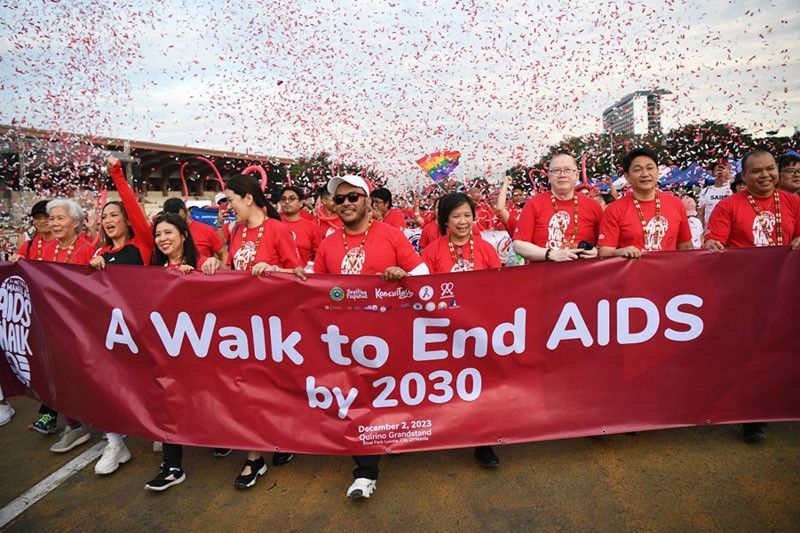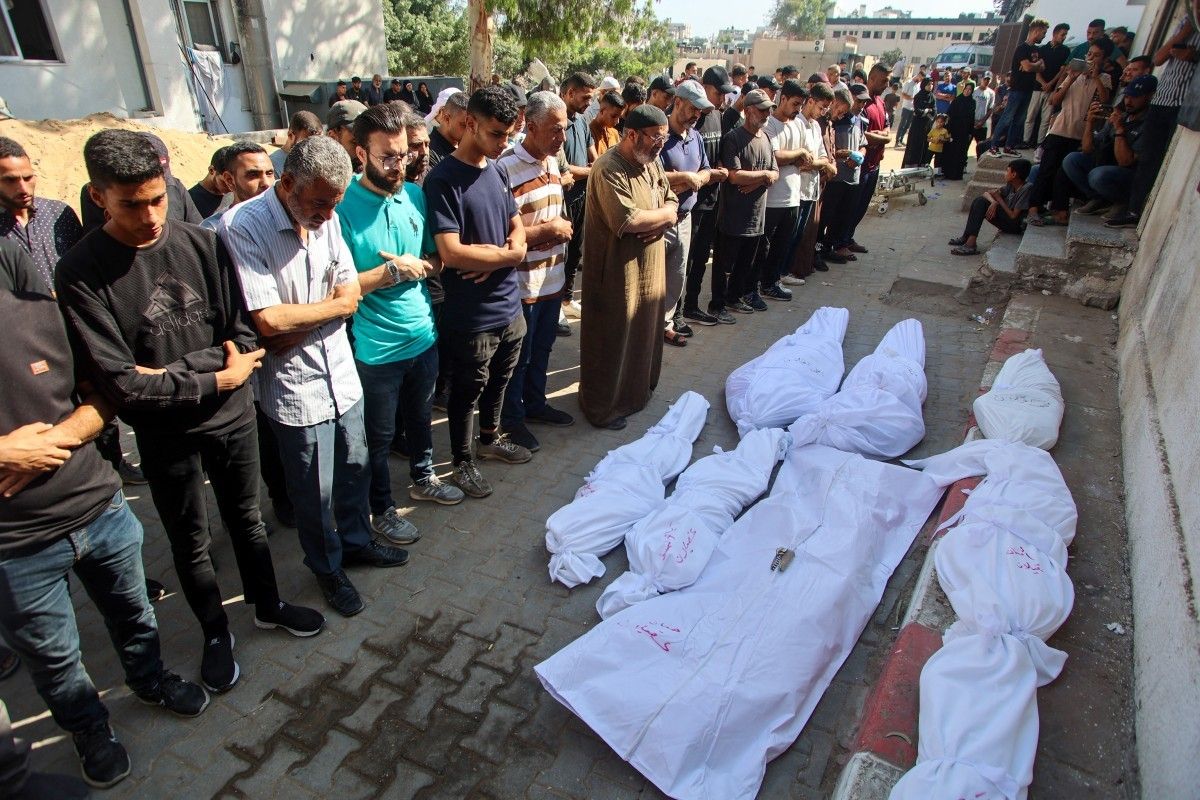
Upgrade to High-Speed Internet for only ₱1499/month!
Enjoy up to 100 Mbps fiber broadband, perfect for browsing, streaming, and gaming.
Visit Suniway.ph to learn
Jean Mangaluz - Philstar.com
April 29, 2025 | 5:27pm
Overcast skies prevail over Metro Manila on November 14, 2024.
STAR / Ryan Baldemor
MANILA, Philippines — While the Philippines is still aiming for upper middle-income status within the term of President Ferdinand Marcos Jr,. Economic Development Chief Arsenio Balisacan said there would be no significant consequences if the government fails to meet this goal, especially in terms of attracting investments.
The Philippine government is targeting to reach upper middle-income status by 2026, although the World Bank recently projected that this milestone is more likely to be achieved in 2027.
Asked what would happen if the Marcos administration fails to meet its goal by 2028, Balisacan said, “Wala naman (Nothing)."
Investors are more interested in a country’s investment climate, the NEDA chief said.
“They're more concerned about how we are addressing the constraints to investment, the ease of doing business, your economic fundamentals, like your deficit, your inflation… they don't care about that metric, that particular metric,” Balisacan said at the sidelines of the High-Level Conference of Middle-Income Countries in Makati.
The gross domestic product (GDP) and gross national income (GNI) are indicators of a country’s overall economic welfare, Balisacan explained. Among the two, GNI is the key metric used by the World Bank to determine a country's income classification.
However, investors are more interested in where that growth is coming from.
“What are the incentives that you get versus what I can get if I go to Vietnam or Indonesia? Those are the kinds of questions that are more interesting,” Balisacan said.
The Philippines had initially been optimistic about attaining upper middle-income status by 2025.
However, after the United States imposed sweeping tariffs that disrupted the global economy, the government revised its projection to 2026 — a prediction that the World Bank already doubts.
“The context again is, when we were making the projection last year, the world economy was not as bad. Then the tariff uncertainty, the trade uncertainty was not there at all. There was only a bit of that, but not to this extent,” Balisacan said.
A slowdown of one year does not derail the country’s long term goal, according to economic chief.
“The biggest threat to a middle-income trap is complacency. If you remain, if you become complacent, that's when you get trapped in the middle-income status,” Balisacan said.

 1 month ago
32
1 month ago
32



